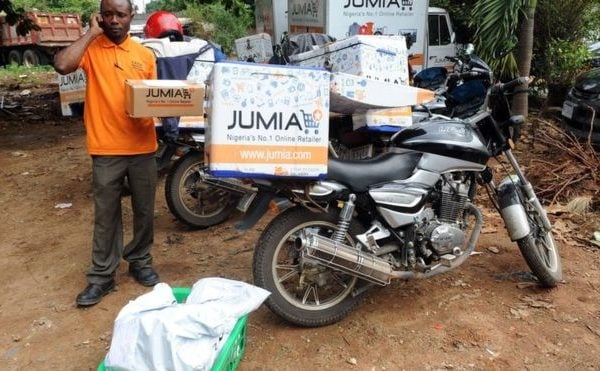The lowering cost of smartphones and cheaper data plans is fuelling the growth of mobile first markets – where the mobile device is the primary and often the only way of getting online for massive consumer segments.
One company at the forefront of this undertaking is the Mozilla Foundation. Here Ben Moskovitz, Director of Development Strategy – speaking at MEF’s recent conference, MEF Global Forum Mobile First Markets – shares insights into the work and philosophy behind bringing the internet to market for the first time, and the role mobile plays in that vision.
In the next ten years, the Web will welcome an influx of new users – many of whom will come online exclusively through their smartphones.
Building a locally relevant Web for these users is both a social good and also good business. For those of us who believe the internet is our most valuable public resource, it’s a necessity. For the mobile industry, it’s also a path to subscriber and revenue growth.
And so discussions often turn to infrastructure and hardware: where we’ll build the infrastructure, how we’ll improve the networks, and who will introduce affordable, reliable devices.
[youtube https://www.youtube.com/watch?v=UK3AyvDQF_w&w=480&align=right&rel=0]These questions are critical, but they’re only part of the challenge. In order for mobile-first users to benefit from the full potential of the internet, we also must invest in content and awareness. Too often, new users come online to find content that’s irrelevant, or walled platforms and products that hamper creativity.
The average smartphone user in Dhaka will have little use for a mostly English-language Web. And the newest smartphone users in Southeast Asia, who equate Facebook with the Internet, don’t yet know the joys of a content-rich, wide open Web. The users now coming online deserve a Web every bit as rich and open as the Web we’ve all enjoyed to date.
Building a locally relevant Web starts from the ground up; individuals must be empowered to create original content. But how? At Mozilla, we believe the answer is web literacy–that is, the skills needed to read, write and participate online.
Before people can even begin to imagine themselves as content creators addressing an audience beyond friends and family, they need to better understand the digital world. This kind of understanding is different from simply being able to use certain applications. To draw an analogy, think of someone just beginning to learn a new language. To be truly fluent in a foreign language, you must be able to articulate a complex idea or tell an engaging story. If this person simply learned a few phrases so that they could read menus in restaurants and ask for directions on the street, they would not be said to be fluent. Yet that type of phrase-book knowledge is equivalent to the way most stakeholders are investing in mobile internet awareness today. Being digitally fluent involves not only knowing how to use technological tools, but also knowing how to create things with those tools.
[youtube https://www.youtube.com/watch?v=Lp0kYSdKc7k&w=480&align=right&rel=0]If significant numbers of mobile-first users are introduced to these skills, a greater number will become creators, not just consumers of content. This is the foundation that is needed to ensure a more locally relevant Web.
Digital literacy is sometimes viewed as a luxury, something that trails more urgent market development priorities. Often this line of argument continues that digital literacy should not be a priority when even basic, written literacy is underdeveloped in a given country. But evidence shows that the more customers know about digital life, the more inclined they are to pay for services. And the more they understand basic digital skills, the more they can help their friends, family and neighbours to understand the same (and increase their use of data and services).
To truly achieve web literacy in mobile-first markets, we must reimagine the smartphone and provide tools that cater to a creative mindset. We think devices can be more than just a delivery mechanism for content. Users need powerful, free and open-source apps that transform their devices into content creation engines. That’s why we are investing in tools like Webmaker, Mozilla’s new content creation app for Android.
Webmaker’s hallmark is simplicity: even first-time smartphone users can pick it up and create simple web pages in minutes. Webmaker users iterate on the Web’s three fundamental building blocks–text, images and links–to craft original web pages and projects. A teacher can make lesson plans for her students; a student can create a class project; and a merchant can build an online presence for his business. Webmaker is social, too: sharing projects is simple and intuitive, and every creation can be remixed by other users. A location-based discovery gallery also makes finding local content easy.
Senior Director, Development Strategy
Mozilla Foundation
We’re launching Webmaker in four languages: Bengali, Brazilian Portuguese, English and Indonesian. And the app has been designed and shaped with input from these communities– Mozilla volunteers in Bangladesh, Brazil, Indonesia and beyond helped to develop and test Webmaker. In the coming months, we’re eager to see what users create with Webmaker. And longer term, we hope to see the growth of robust local content ecosystems–adding up to a truly world wide web that’s worthy of the next billion users.





